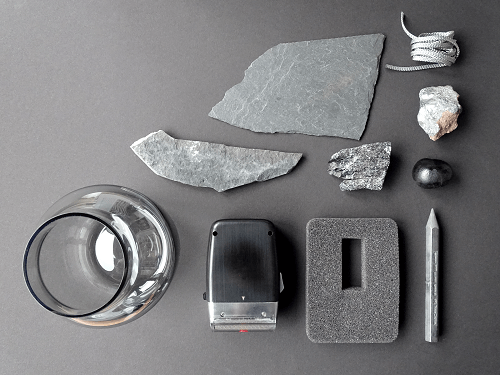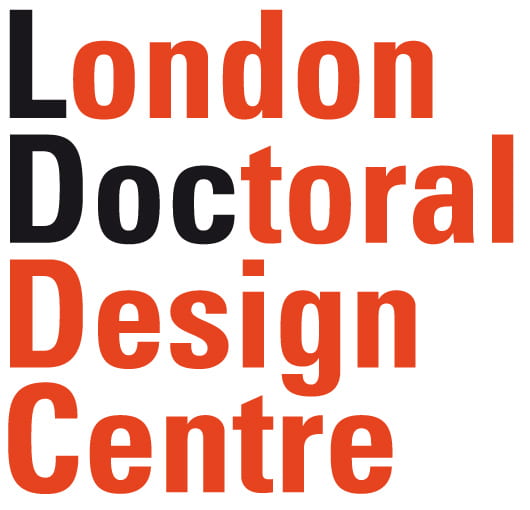
This research is an effort to analyse, understand and enhance the quality of Human-Material-Interaction in interiors of public transportation, aiming to generate a rational understanding of elements that contribute to the ‘wellbeing’ for humans in these shared public spaces. In this context wellbeing is understood as balancing the physical, the psychological and the emotional state of the commuters. Providing passengers a quality of life they otherwise reserve for leisure. Through self-driving cars, mobility apps, shared taxis etc. society is moving towards a paradigm shift in the way we relate to mobility. The private vehicle ownership is disappearing from the urban landscape; the future of mobility is collaborative utilisation. Shared interiors of public transport will gain increasing importance.
Any well-designed environment can become a strong influence on what people think and do. Interiors of urban transportation systems are intersection points for culture, society, technology and environment. harmonising Human-Material-Interaction (hHMI) in this space, has the potential to balance and de-stress the human component in it. Thus transforming the passive commutation time into a time of relaxation contributing to the general upliftment of the urban life experience.
More than addressing the established issues of sustainability, this investigation is human centred. Grounded in a vision of ethical design, it is looking at the potential for design to enhance the qualities of public realm. An enclosed space in movement is a complex composition of proportions, materials, surfaces, colour, lighting, sounds and smells. How can these elements be arranged in sensitive ways to create a space which positively influences the state of being? The research will be an in-depth study of their semantics – indicating, symbolic functions and its connection to formal aesthetic aspects. The outcome will be guidelines, defining parameters to induce a ‘quality-of-life’ experience in the urban system of mass transit.
